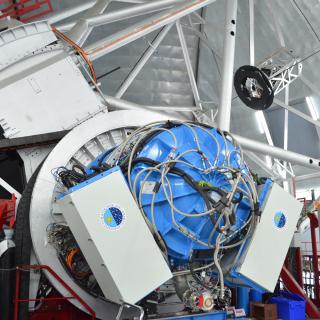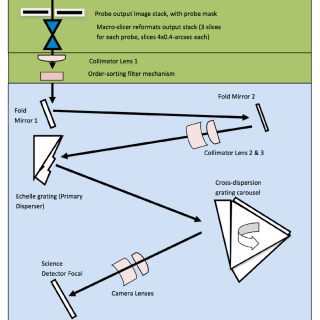|
On the one hand, carry out the initial scientific exploitation of the EMIR and MIRADAS instruments through guaranteed time observation programs that have been prepared ahead of time. In both instruments, the scientific programs of the proposal are framed in the line of the structure and chemo-dynamics of the Galaxy. Both use the multi-object infrared capability of the two instruments to observe the central areas of the Milky Way, obscured by the high density of galactic material and, therefore, inaccessible to optical spectrographs. In some way, it is about complementing the information that is being obtained in other spectral ranges, mostly in the visible one, in projects such as SDSS, Gaia or Lamost, and also in the near infrared with Apogee. Also included in this project is the line of research on galactic structure and dynamics that we carry out in a complementary way to the EMIR and MIRADAS observation programs, in this case taking advantage of the Gaia data.
|




